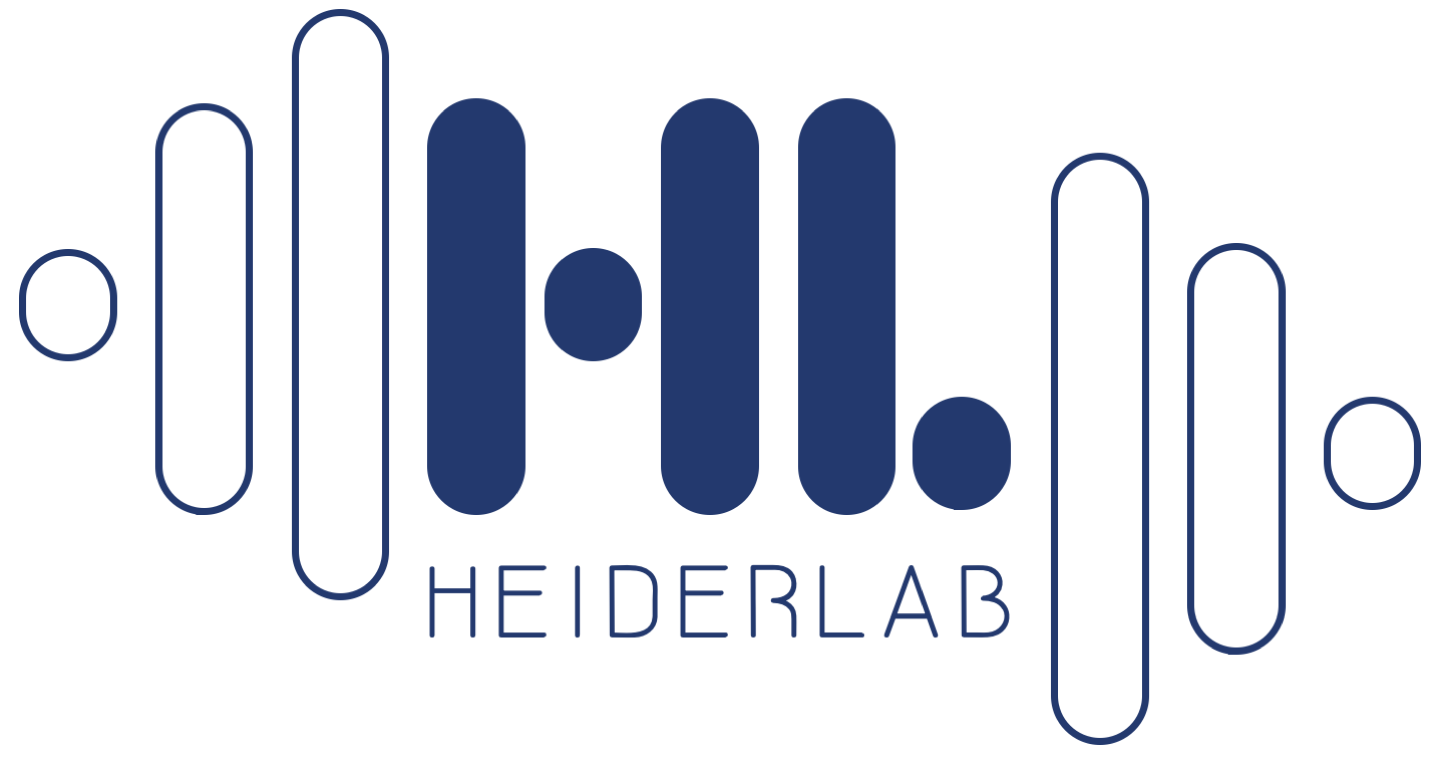New publication!
Our new article has been accepted in Machine Learning and Knowledge Extraction:
Armano G, Giuliani A, Neumann U, Rothe N, Heider D: Phi-Delta-Diagrams: Software Implementation of a Visual Tool for Assessing Classifier and Feature Performance. Mach. Learn. Knowl. Extr. 2018, 1(1):7 (Link)
Abstract
In this article, a two-tiered 2D tool is described, called phi-delta diagrams, and this tool
has been devised to support the assessment of classifiers in terms of accuracy and bias. In their
standard versions, these diagrams provide information, as the underlying data were in fact balanced.
Their generalization, i.e., ability to account for the imbalance, will be also briefly described. In either
case, the isometrics of accuracy and bias are immediately evident therein, as—according to a specific
design choice—they are in fact straight lines parallel to the x-axis and y-axis, respectively. Phi-delta
diagrams can also be used to assess the importance of features, as highly discriminant ones are
immediately evident therein. In this paper, a comprehensive introduction on how to adopt phi-delta
diagrams as a standard tool for classifier and feature assessment is given. In particular, with the goal
of illustrating all relevant details from a pragmatic perspective, their implementation and usage as
Python and R packages will be described.

